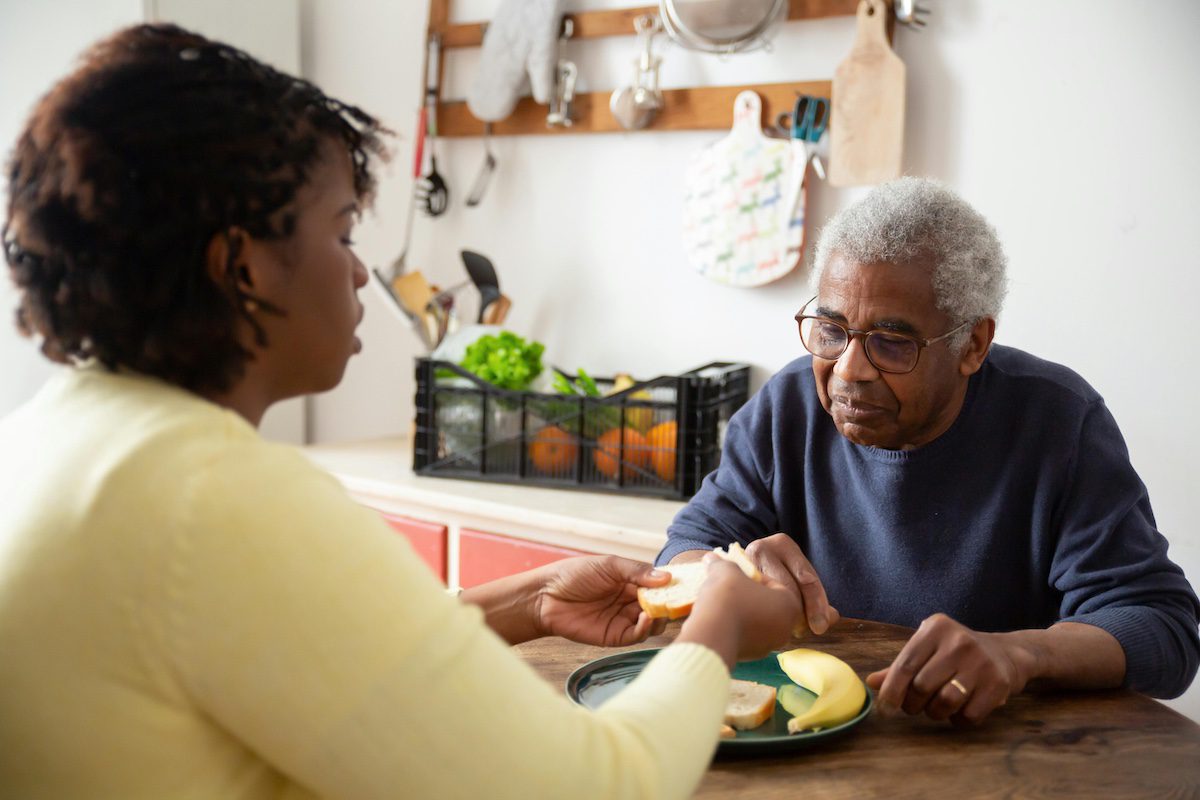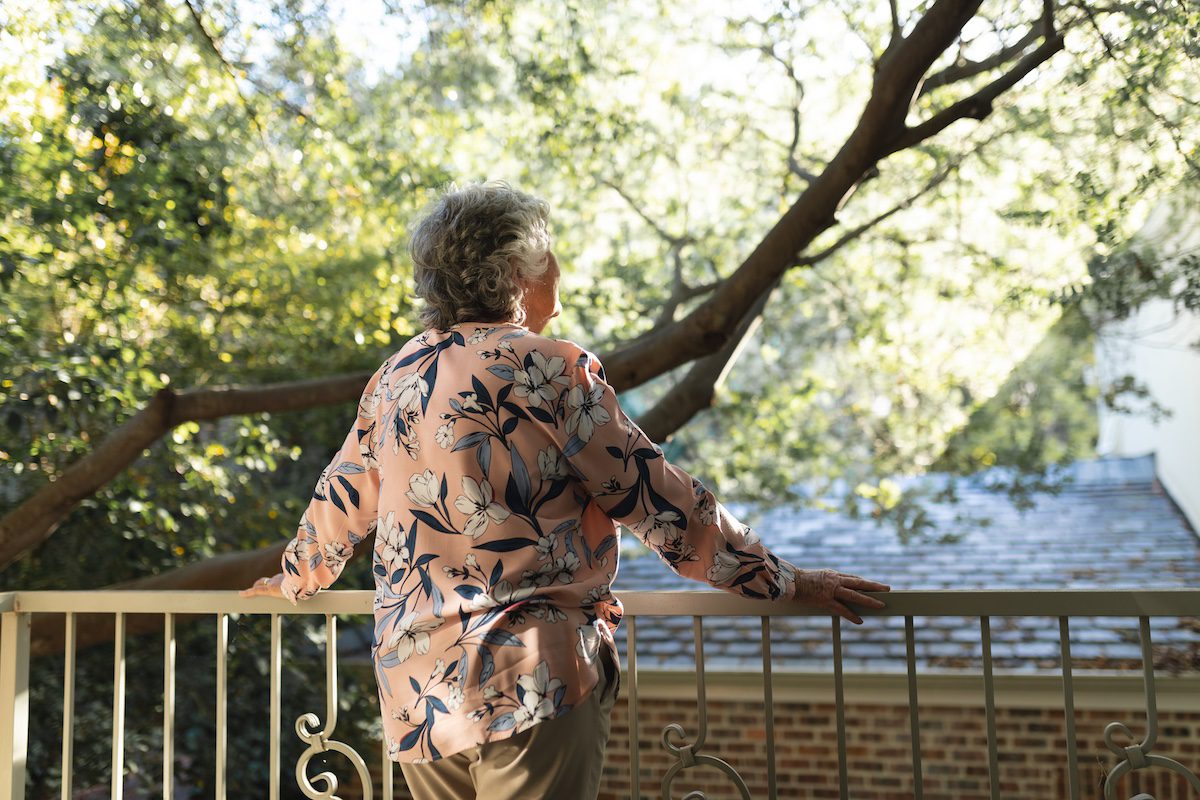In today’s fast-paced world, anxiety disorders are not limited to any particular age group. Elderly individuals, in particular, can be prone to experiencing anxiety disorders due to various life changes and health concerns.
In this comprehensive article, we will delve into the nuances of recognizing and managing anxiety disorders in the elderly. From understanding the signs and symptoms to exploring effective strategies for support and treatment, we’ll cover it all.
Understanding Elderly Anxiety
Anxiety is a natural stress response, but when it becomes excessive and chronic, it can significantly impact an individual’s quality of life. Elderly individuals are not immune to anxiety, which can manifest differently in this age group.
Types of Anxiety Disorders
There are several types of anxiety disorders, including Generalized Anxiety Disorder (GAD), Social Anxiety Disorder, Panic Disorder, and Post-Traumatic Stress Disorder (PTSD).
Generalized Anxiety Disorder (GAD)
Generalized Anxiety Disorder, often referred to as GAD, is a condition characterized by persistent and excessive worrying about everyday situations. In the elderly population, this form of anxiety can manifest as heightened concerns about various aspects of their lives.
Health concerns often top the list, with elderly individuals worrying about their own well-being or the health of loved ones. These worries can escalate, leading to frequent doctor visits and an obsession with minor symptoms.
Financial concerns are another common trigger for GAD among the elderly, especially if they are on a fixed income or facing retirement-related financial stress.
Additionally, loneliness, which can be more prevalent in older age, can contribute to GAD, as the fear of social isolation and a lack of companionship can lead to persistent anxiety.
Social Anxiety Disorder
Social Anxiety Disorder is a condition characterized by an intense fear of social situations due to the anticipation of judgment or embarrassment.
In elderly individuals, social anxiety can be particularly isolating. They may avoid social gatherings, family events, or even simple interactions like going to the grocery store. The fear of being negatively evaluated by others can result in self-imposed isolation, which, over time, can lead to loneliness and exacerbate anxiety.
It’s essential to recognize that social anxiety disorder can significantly impact the quality of life for elderly individuals who may miss out on meaningful social connections and activities due to their overwhelming fear of judgment.
Panic Disorder
Panic attacks, which are sudden and intense surges of fear or discomfort, can be particularly distressing for the elderly. These attacks often come on unexpectedly and can mimic symptoms of other serious health issues, such as heart problems.
Elderly individuals who experience panic attacks may find themselves rushing to the emergency room, convinced they are having a heart attack. This can result in unnecessary medical expenses and stress.
Healthcare providers and caregivers must differentiate panic attacks from other medical conditions and provide appropriate support and education to help elderly individuals manage and cope with these episodes.
Post-Traumatic Stress Disorder (PTSD)
Post-Traumatic Stress Disorder, or PTSD, can affect elderly individuals who have experienced traumatic events earlier in life. These traumatic events may include wartime experiences, accidents, abuse, or any distressing incident that leaves lasting emotional scars.
In the elderly population, PTSD can manifest as flashbacks to the traumatic event, nightmares, severe distress, and avoidance of situations or triggers associated with the trauma.
It is essential to recognize the enduring impact of past traumas on elderly individuals and provide them with appropriate mental health support and therapies to address and manage their PTSD symptoms.
Recognizing Anxiety in the Elderly
It is important to remain attentive to changes in behavior and mood as these can be indicative of anxiety in the elderly, which may manifest differently than in younger individuals.
Signs and Symptoms
Recognizing anxiety in the elderly can be challenging, as it may be mistaken for other age-related issues. Common signs include restlessness, fatigue, irritability, muscle tension, and sleep disturbances.
The Role of Caregivers
Family members and caregivers play a vital role in identifying anxiety in the elderly. They should remain vigilant for any noticeable changes in behavior or mood.
Managing Elderly Anxiety
Regular Physical Activity
Encouraging regular exercise can help reduce anxiety symptoms in the elderly by releasing endorphins and promoting overall well-being.
Healthy Diet
A balanced diet rich in nutrients can contribute to better mental health, supporting the elderly in managing anxiety.
Medication
In some cases, medication prescribed by a healthcare professional may be necessary to alleviate severe anxiety symptoms.
Social Support
Maintaining social connections and engaging in activities can combat isolation and loneliness, reducing anxiety in the elderly.
Managing Elderly Anxiety During Hospice Care
Hospice care is a compassionate and specialized approach to end-of-life care, primarily aimed at enhancing the quality of life for terminally ill individuals.
It is crucial to address the emotional well-being of elderly patients during this sensitive phase of their lives, as anxiety can often accompany the challenges of coping with a life-limiting illness.
Understanding the Unique Anxiety Factors
Elderly individuals in hospice care face a unique set of anxiety triggers. They may grapple with fear and uncertainty regarding the end of life, existential questions, and concerns about the burden they place on their families.
Additionally, the physical symptoms and discomfort associated with their illness can contribute to anxiety.
Tailored Communication and Emotional Support
One of the most effective ways to manage anxiety in elderly hospice patients is through empathetic and open communication.
Healthcare providers, along with the support of trained counselors and social workers, can engage in conversations that allow patients to express their fears, concerns, and end-of-life wishes. This not only validates their feelings but also helps in alleviating some of the emotional distress.
Medication Management
In some cases, anxiety in elderly hospice patients may be severe, requiring pharmacological intervention. Careful assessment by medical professionals can determine whether anti-anxiety medications are appropriate.
These medications can provide relief from acute anxiety symptoms, improving the patient’s overall comfort and well-being.
Integrating Holistic Approaches
Complementary therapies, such as music therapy, art therapy, or relaxation techniques, can be invaluable in managing anxiety during hospice care.
These holistic approaches offer patients non-pharmacological means to find peace and relaxation amidst the emotional turbulence they may be experiencing.
Support for Families
It’s important to recognize that anxiety during hospice care affects the patients and their families.
Final Thoughts
Recognizing and managing anxiety disorders in the elderly is crucial for their overall well-being. By understanding the signs and symptoms and implementing appropriate strategies, we can provide the necessary support to help them lead fulfilling lives.


